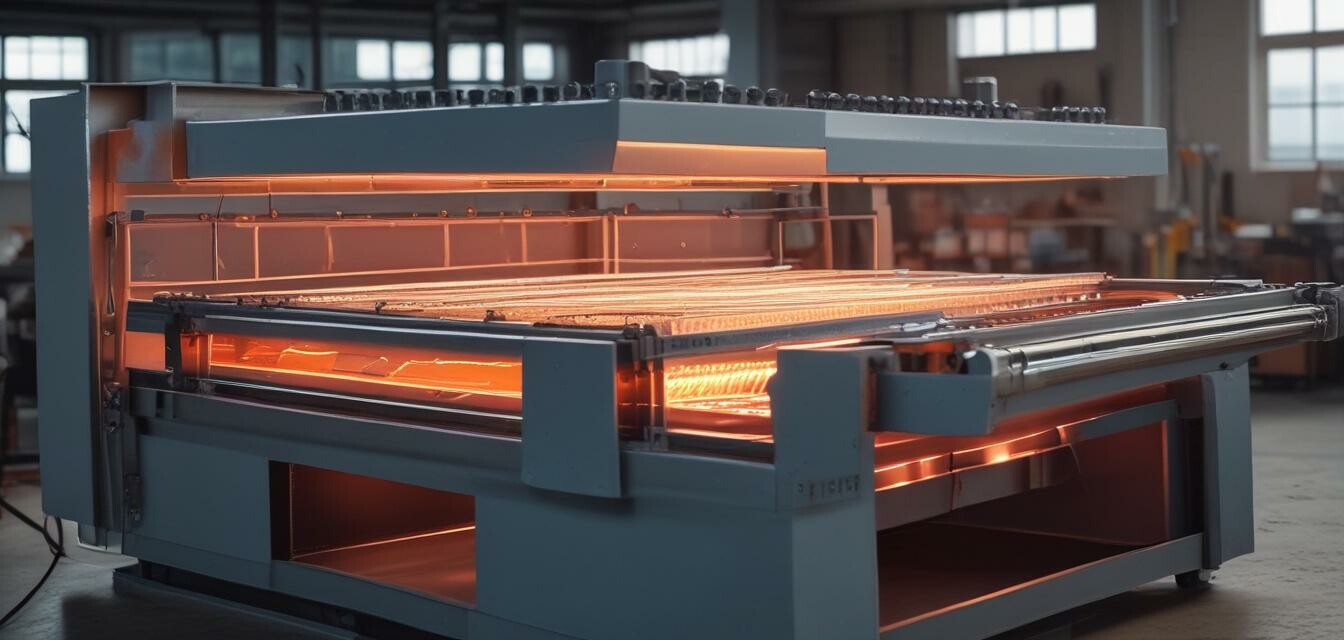
Safety innovations in glass kilns: What to look for in 2025
Key Takeaways
- Understanding the importance of safety features in glass kilns.
- Innovations to look for in 2025 include automated controls and heat-resistant materials.
- Safety guards and ventilation systems are essential for an optimal crafting environment.
- Knowing how to properly maintain your kiln can enhance its safety capabilities.
As glass making continues to evolve, so do the safety requirements associated with the use of kilns. With new innovations emerging every year, it’s crucial for artists to stay informed about the latest safety features available in glass kilns. This article will guide you through the must-have safety innovations to look for in 2025, ensuring a secure and efficient glass crafting experience.
Importance of Safety Features in Glass Kilns
Safety is paramount when engaging in glass making, especially when working with kilns that reach extreme temperatures. Understanding the safety features available helps artists work confidently and reduces the risk of accidents in the workshop.
Common Risks Associated with Glass Kiln Usage
- Burn injuries from touching hot surfaces.
- Fires caused by improper handling of kilns.
- Inhalation of harmful fumes if ventilation is inadequate.
- Electrical hazards related to kiln components.
Innovations to Look for in 2025
1. Automated Control Systems
Automated control systems enhance the operational safety of kilns by allowing for precise temperature regulation. This minimizes the risk of overheating and ensures that art projects are fired correctly.
2. Heat-Resistant Materials
Modern glass kilns are often made with advanced heat-resistant materials that enhance durability and safety. These materials can better manage high temperatures, reducing the risk of wear and tear that could lead to failures.
3. Integrated Safety Guards and Shields
Look for kilns that feature integrated safety guards designed to prevent accidental contact with hot surfaces. This is especially important for studio environments with multiple users.
4. Enhanced Ventilation Systems
Good ventilation is critical in a studio where glass is being worked on. Advanced ventilation systems that automatically adjust based on kiln temperature can significantly improve safety by reducing the concentration of harmful fumes.
5. Emergency Shut-Off Mechanisms
In 2025, it's important to choose kilns with emergency shut-off mechanisms that can quickly cut power in dangerous situations, such as overheating or system failures. This adds an extra layer of protection for the artist and workspace.
Choosing the Right Glass Kiln
When considering which kiln is right for you, evaluate the available safety features and how they can fit into your planned usage. Here’s a comparison table to help you understand the differences in safety features among various kilns:
| Feature | Kiln Model A | Kiln Model B | Kiln Model C |
|---|---|---|---|
| Automated control | Yes | No | Yes |
| Emergency shut-off | No | Yes | No |
| Ventilation system | Advanced | Basic | Moderate |
| Heat-resistant materials | Standard | High | High |
| Safety guards | Yes | No | Yes |
Best Practices for Maintaining Safety
Proper maintenance ensures that the safety features of your kiln function effectively. Here are some key tips:
Tips for Beginners
- Regularly inspect electrical components for any signs of wear.
- Ensure ventilation systems are clean and functioning.
- Keep your workspace organized to avoid accidents.
- Always adhere to the manufacturer's guidelines for usage and maintenance.
- Take safety training courses focused on kiln operation when available.
Conclusion
Staying informed about the latest safety innovations in glass kilns is essential for any artist looking to create safely in 2025. By understanding these features and practices, you can enhance the safety of your glass-making environment and enjoy your craft with confidence.
Pros
- Increased safety during glass-making processes.
- Improved control over kiln operations.
- Long-term durability when using heat-resistant materials.
- Emergency mechanisms provide peace of mind.
Cons
- Initial cost can be higher for advanced safety features.
- Potentially steeper learning curve for new technology.
- Maintenance of advanced systems may require expertise.

